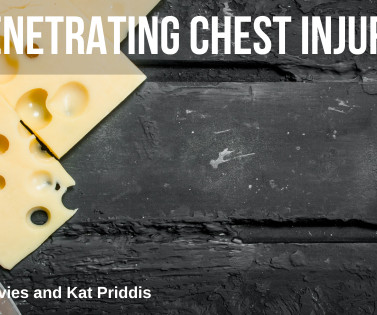Major Trauma – Injuries by Assault
Don't Forget the Bubbles
FEBRUARY 5, 2025
In trauma patients, the primary sources of bleeding are external haemorrhage (blood on the floor), chest, abdomen, pelvis, and long bones in paediatrics brain is also included (infants with open sutures can bleed a significant amount intracranially) Shock The most common cause in trauma is haemorrhage.

















Let's personalize your content